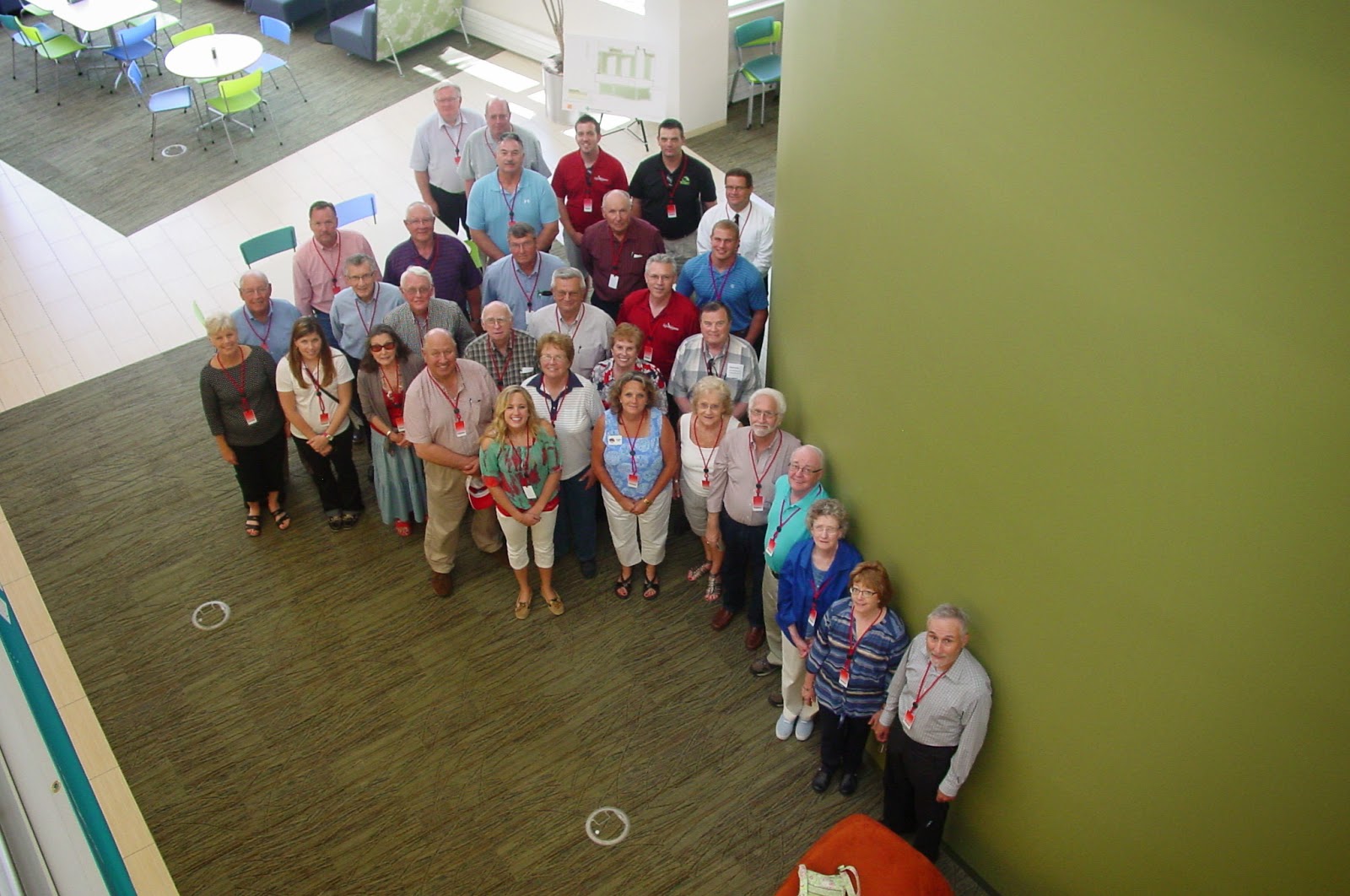National statistics show that farming is one of the most dangerous occupations in America. The Nebraska Corn Board and Nebraska Corn Growers Association are asking all farmers to slow down — and take a second for safety.
Over the past 50 years, more than 900 cases of grain engulfment have been reported—and the fatality rate is 62 percent. With a 10-inch auger, it takes just 25 seconds for a 6-foot person to be completely buried in grain.
Nebraska farmer, Ron Woollen has a mission to educate farmers and those working with grain stored in bins after losing his son in a grain bin accident.
“Grain bin safety is so important because we are always going to store grain,” said Woolen. “Equipment has improved dramatically. More options are available to monitor grain condition which is the biggest factor in grain bin accidents. However, there will always be times when it is necessary to enter a bin.”
Woollen said that when farmers have to enter a bin, they need to know the proper procedure and follow it. 
When working around grain bins, here are safety tips to keep in mind when you are taking a second for safety.
- Use inspection holes or grain level markers to understand what's happening inside the bin. Use a pole from outside the bin to break up grain bridges.
- You should enter a grain bin only if absolutely necessary. If you must get into the bin, use a body harness secured to the outside of the bin. Have at least two people watching over you as you enter and work inside the bin.
- Use hand signals to communicate—and make sure everyone you're working with knows what those signals are.
These safety strategies and more will be emphasized at two free Grain Engulfment Rescue Training workshops this July sponsored in part by GSI, Inc. The first will be July 7th at the Dawson County Fairgrounds in Lexington hosted by the Dawson County Corn Growers. The following day, July 8th, the Saunders County Soybean Growers and Saunders County Corn Growers will host a grain safety seminar at the American Legion in Ceresco. Both free seminars begin at 5:30 p.m.
The grain engulfment rescue training is intended for industry personnel that actively work in the grain and commodities industry as well as fire fighter emergency rescue personnel who might be called to an engulfment rescue.
“Last year, I attended a training seminar in Kearney for first responders and EMT’s,” said Woollen. “I was very pleased with the quality of the training and the equipment now being made available for grain extraction.”


 From the
From the 






































